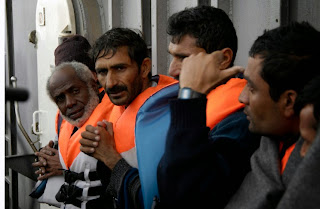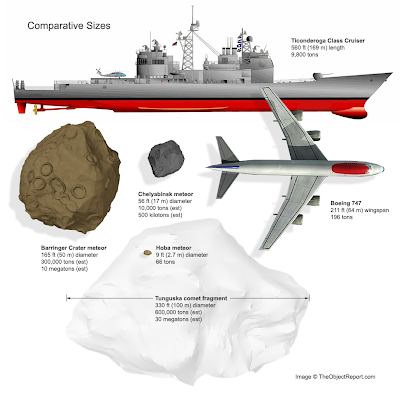USNS John Lenthall (at right) and Customers (US Navy Photo)
Pierside again, and apparently we’ll be in-port until after Thanksgiving. This is a very nice treat, as Lucy and I have had far too few opportunities to celebrate that day together; usually we are a few thousands of miles apart! But this HAS been an unusual year; a new phase of my seagoing career, new ships, and new opportunities both at sea and ashore.
I’m enjoying my new duties immensely, being the fella behind the curtain making UNREPS and other "ops" happen. It certainly beats handling lines and cleaning heads! Just a few days ago we were involved in an ASW exercise off JAX and I got the opportunity to “run” the formation’s zig-zag plan, directing High-Value Units (HVUs) and escorts in the complicated maneuvers that (hopefully) would complicate a sub’s fire-control solution.
Not only was this exercise extremely challenging, it also had me pondering my distant predecessors who had conducted such maneuvers in earnest. While we bucketed around, making near-continuous speed and course alterations, I couldn’t help but think of the convoys and “runners” of WWI and WWII, zigging and zagging their ways across the Altantic Ocean with U-Boats and commerce raiders a constant threat. What was to me an enjoyable and engaging day’s “practice” was to them the slim hope of avoiding the torpedo, of dodging the raider.
Back home, we are moored only a few yards from another, more recent bit of history; each day as I walk to and from parking-lot to my ship I stroll past the sharp profile of USS Cole (DDG-67). I admire her lines, the obvious pride of a crew in their ship in gleaming brightwork and fresh paint, and think about a day, not so many years ago, when this lovely vessel was maimed and blackened by an awful act of terror. Some Sailors died, others were injured, but they rallied, they fought back, and they brought their ship home with honor to be restored to the Fleet.
USS Cole DDG-67 (US Navy Photo)
Only a few yards away, just across the pier lies another ship, the cruiser Normandy.
CG-60 also invokes a sense of history; this time personal. Normandy, you see, was one of "my" ships; I served aboard her in both 2nd and 6th Fleet AORs from 1994 to 1996. My time in her was cut short by events, but Normandy will always sail in my memory as the most capable, powerful command of my Navy career.
CG-60 also invokes a sense of history; this time personal. Normandy, you see, was one of "my" ships; I served aboard her in both 2nd and 6th Fleet AORs from 1994 to 1996. My time in her was cut short by events, but Normandy will always sail in my memory as the most capable, powerful command of my Navy career.
USS Normandy CG-60 (Tom Epps Photo)
Walking past Cole and Normandy, seeing the fine, proud men and women working and standing watch on their decks, has been something of a daily affirmation to me. I know it won’t last long—one ship or the other will eventually set sail or shift berths—but while it does I take advantage of this daily reminder of the values and fortitude of the young Americans who defend us every day.
Thomas L. Epps
Operations Chief
USNS John Lenthall

.JPG)


































